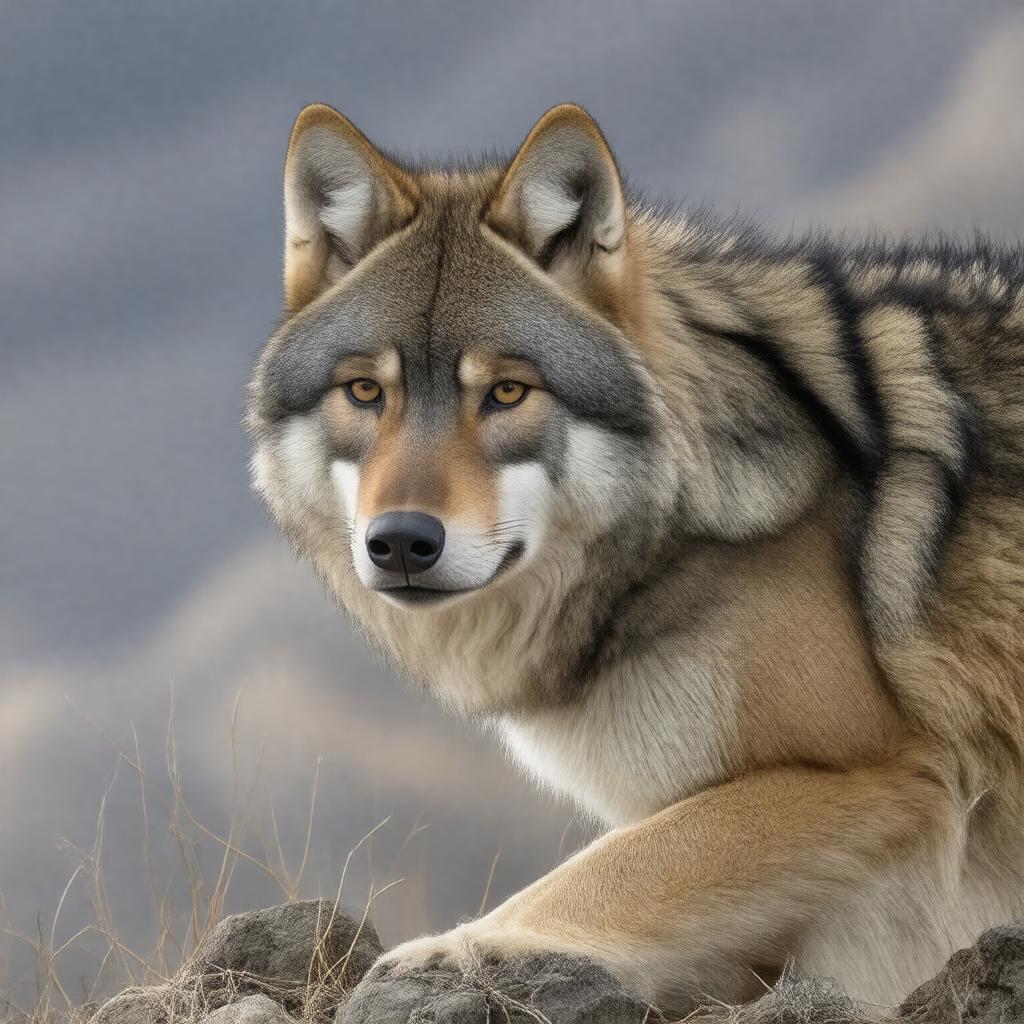Prompt
Generate an image of a Mexican gray wolf, scientifically known as Canis lupus baileyi, in its natural habitat of mountain forests or woodlands in the southwestern United States or Mexico. The wolf should be depicted with its distinctive features, including a smaller size, narrower skull, and large ears. Its fur should be a mix of gray, brown, rust, and black colors. The image should convey a sense of wilderness and conservation, highlighting the critically endangered status of this subspecies. Style: realistic wildlife photography.

